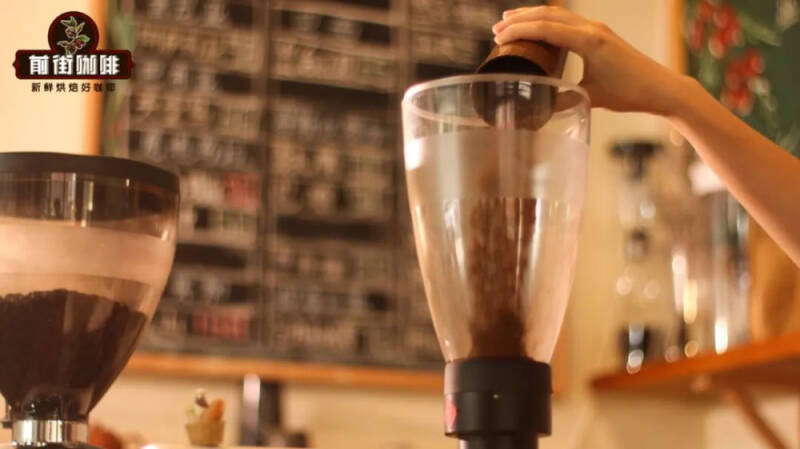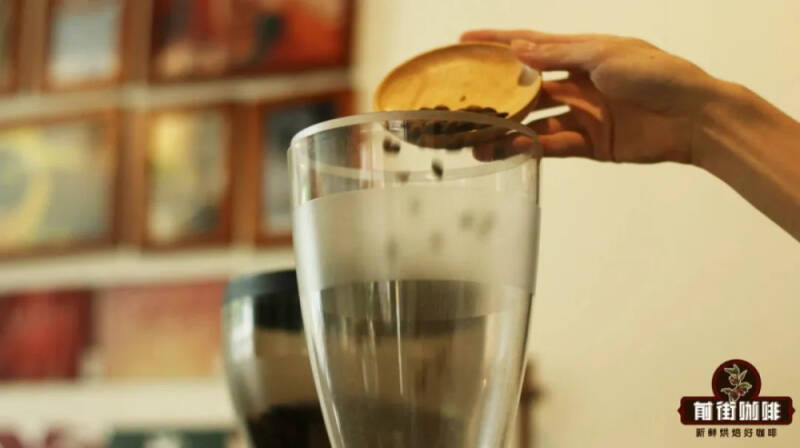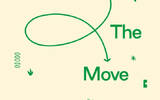What impact will secondary grinding of coffee powder have on the bean grinder? What is the difference between an electric bean grinder and a hand-operated bean grinder?
Friends who often make coffee at home must encounter such a problem: what if the coffee powder is not fine enough? This often happens when you forget to adjust the scale before grinding, resulting in a thicker coffee powder with a thicker scale! When the grinding thickness of coffee powder is not suitable for its own baking degree, it will easily lead to extraction deviation. In a situation like this, it will lead to the strange idea of "throwing coffee powder back into the bean grinder and grinding it again." So, is such an approach feasible?

Grind it again? Is this gonna work? In fact, in previous coffee competitions, a number of parameter contestants have adopted this approach, by re-grinding the coffee powder to obtain the ideal coffee particles. And this kind of operation is called secondary grinding. Because of the application of the contestants, it deepens the impression that the second grinding can be carried out simply. However, when it comes to practical operation, you will know that this is not easy at all.

The bean grinder gives the impression of grinding large particles into small particles. Well, since coffee beans can be ground from complete large particles to small particles, coffee powder thicker than the grinding scale can naturally be ground to the target particle size. However, many friends will ignore a point, that is, coffee beans in the grinding process will produce a lot of powder diameter smaller than 0.25mm particles, we call it "fine powder". Under the second grinding, the number of these fine powders will increase exponentially! The right amount of fine powder can increase the layering of coffee and get a better flavor experience; too much fine powder will easily block the sewer channel and cause over-extraction.
Second, we should know that most coffee grinders have the characteristic of "eating powder". Because the grinding opportunity leaves room for the knife head to rotate, these blank spaces have become a "grinding harbor" for coffee powder. During grinding, some coffee powder is thrown into these spaces because of the centrifugal force generated by rotation, which is neither ground nor detached from the exit (or because of electrostatic adsorption). Then there is the phenomenon that 20g coffee beans are poured in, but only 19.8g powder comes out, which is what we often say: "eat flour".
The second grinding will also increase the static electricity of the coffee powder (because of more friction), and more particles will be adsorbed in the space that can not be touched by the knife head because of the static electricity. Qianjie specially did an experiment, and the results are as follows!
(coffee powder adsorbed in the bean grinder) most of the coffee powder is adsorbed out of reach of the knife head! Only 13.8g powder was produced after the second grinding of 19.8g powder. In other words, the whole lack of 6g powder!
Because the 6g powder is left in the bean grinder, you have to take it out by dismantling the machine, blowing it, or adding new beans for grinding. It takes both time and effort. If it is not cleaned in time, it is easy to cause clogging and downtime of the cutterhead, or if the next handful of coffee beans are ground without "washing machine" (using beans to remove the coffee powder from the last grinding), then the 6g powder hidden in the knife head will be added to the next serving of coffee powder. And often this kind of situation mainly occurs in the electric bean grinder, for the hand bean grinder, the impact is not very great. (so that it can be dismantled and cleaned up)
So we can know that for the electric bean grinder, the impact of secondary grinding is still more! It will not only produce more fine powder, but also increase the cleaning time. If you have spare time to sift out the fine powder and clean the coffee machine, secondary grinding is not bad, because it does make the coffee powder reach the particle size you want. If we don't want to clean up very much, then we can try to adjust from other parameters to correct the extraction efficiency of the missing grinding. Grinding too coarse will reduce the extraction efficiency, so we can increase the extraction efficiency by increasing the water temperature and prolonging the extraction time. The specific operation can be: increase 2 °3 °C hot water, replace it with a filter cup with a slower seepage rate (such as Kono, Cross Star), or increase the impact of water flow during injection (increase stirring)! The change of these parameters will enable you to extract more coffee substances and reduce the occurrence of insufficient extraction (as long as it is not too rough).
-END-
Important Notice :
前街咖啡 FrontStreet Coffee has moved to new addredd:
FrontStreet Coffee Address: 315,Donghua East Road,GuangZhou
Tel:020 38364473
- Prev

The o.p.s. coffee brand comes to Shenzhen for the first time! Long queues at the exhibition site!
▲ Click to pay attention| Daily Boutique Coffee Culture Magazine Coffee Workshop On April 26, the popular coffee specialty brand o.p.s. announced that it will soon meet you with a slightly different appearance from the past, officially opening an "On The Move" city tour, the first stop is deep.
- Next

Is there any way to make coffee sweeter? How to make sweet and sweet coffee?
In fine coffee, the description of sweetness has always been valued because it is not only used as one of the indicators to judge the quality of a coffee bean, but also a delicacy that roasters, baristas and brewing enthusiasts are highly sought after. If a cup of black coffee has both aroma and sweetness, it means that it is ideally controlled from raw materials to extraction.
Related
- What effect does Italian American coffee with filter paper have? Will coffee taste better if it is put on filter paper at the bottom of the powder bowl?
- What is the color difference in coffee beans? What are the characteristics of honey processed coffee beans? Why are the anaerobically treated coffee beans uneven in color?
- How does novice Xiaobai quickly get started and make coffee? Newbies learn to make coffee by hand and share the specific steps and process process!
- Costa tea has a shelf life of 100 years?! Expert: Unable to verify
- It's a huge uproar! American milk addition was rejected by Manner employees?!
- Mocha pot coffee bean recommendations| How fine and how much powder should be used for grinding? What parameter ratios do I need to use to make milk with Mocha pot coffee?
- What are the characteristics of the world's top ten coffee beans treated with Costa Rica honey? How to make black honey kadura from Tarazhu Pilon Processing Plant taste good?
- How to make deep-roasted coffee? What grinding water temperature does authentic Jamaica Blue Mountain No. 1 coffee use to brew it well?
- Selected high-grade rose summer coffee flavor tasting guide Why Panama rose summer has the aroma of flowers and fruits
- What equipment does a novice Xiaobai need to buy to learn to make coffee? Filter cup electronic scale bean grinder manual flushing pot purchase guide

